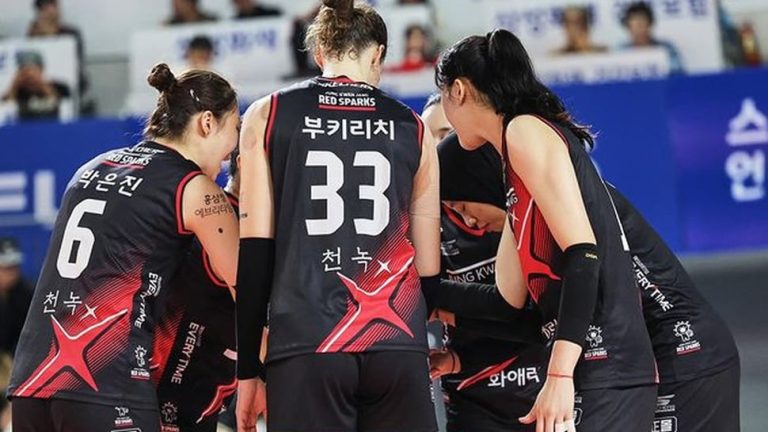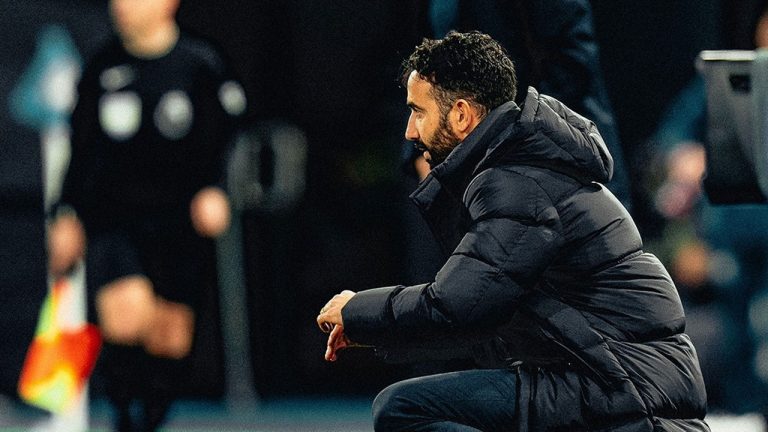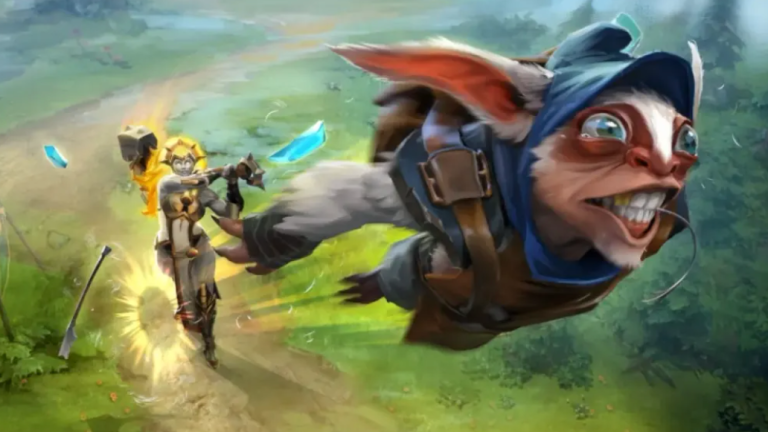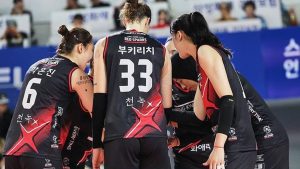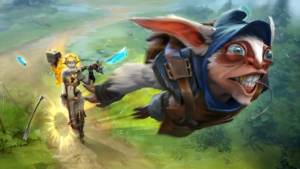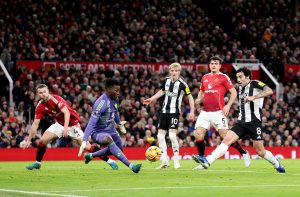What do Lebron James, Luka Doncic, Jimmy Butler, Lamelo Ball and Cade Cunningham have in common? Yes, they are all good dribblers, have great vision, and have a minimum height of 201 cm (6 feet 7 inches or often written 6’7). The height is very close to two meters, thankfully it seems more like an absolute requirement for the new generation of NBA players to be able to adapt to the increasingly strong and powerful NBA rhythm.
Players over two meters tall are usually almost able to keep players in four positions, from point guard (who since Steph Curry’s era seems to have increased the standard of his height, from 6’1 to 6’3 and even more), shooting guard (at least 6’5), small forward (at least 6’6) , and power forward (6’8 thankfully 6’9). In fact, a player’s height is intentionally written shorter to deceive the opposing team, especially in determining the player in charge of guarding the player in question. The most famous example is Kevin Durant, who is actually 211 and even 213 cm tall but used to be written as 206 cm.
Without intending to ignore players who are smaller than the latest unwritten NBA standards, players with taller stature do benefit. Players who are taller and have agile footwork will be more difficult to pass by opposing players, who are usually smaller and have more fluid movement when attacking like Kyrie Irving (188 cm) or Chris Paul who is only 183 cm tall. Paul himself is still able to compete with most NBA players not only because of his good vision and rarely sends useless passes (which are easily captured by opponents, or known as turnovers), but also has the ability to keep opposing players who are on average higher because they have a physically fit, sturdy and agile footwork.
After all, nowadays the distribution of the player’s position becomes more flexible. There is no longer the term guard, forward or center, or combo guard or combo forward. As long as the player has agile feet and a minimum height of 6’6 (or even 6’4 as long as they have a wide range of hands to cover the player’s shooting space) and good at shooting from the three-point area, a player can play in four positions at once.
Even the center if he has the skill to block the opponent’s shot is really good, like Draymond Green or PJ Tucker who is only 198 centimeters tall. The difference now lies in excellent dribbling abilities. The dribbler will have more variety of attacks and finish it with a driving lay up, or a slam dunk, do a jump shoot or passes to a player who is not guarded in the three-point area, or who is running towards the net.
That style is usually applied by the champions, namely Lebron (2012, 2013, 2020), Doncic, Manu Ginobilli (2014), Kevin Durant (2017, 2018), Kawhi Leonard (2019), Giannis Antetoukounmpo (2021), or Draymond Green (2015). , 2017, 2018). It’s no coincidence that, apart from Doncic, practically, their names have graced the list of NBA champions in the last decade.
Interestingly, although Green & Durant (because there is still Steph Curry), Kawhi (because there is still Kyle Lowry), or Manu (because there is still Tony Parker) are not the main playmakers, they are sometimes given the task of controlling the flow of the ball to enrich the variety of attacks. Moreover, the main playmakers of each team (excluding Tony Parker and Giannis) are indeed known for their accurate three-point shots.
It’s no secret that apart from Steph Curry (who can shoot three-pointers whenever he wants), three-point passes are usually better than three-pointers when under one-on-one control. For example, Bucks still have Pat Connoughton (196 cm) from the bench who is often played as a playmaker because he has excellent dribbles.
For Bucks, attacks closer to the net, especially through dribbling penetration first, are more effective at producing points. So far, it is these dribbling kings who separate NBA champion teams from potential champions or playoff ticket chasers.







